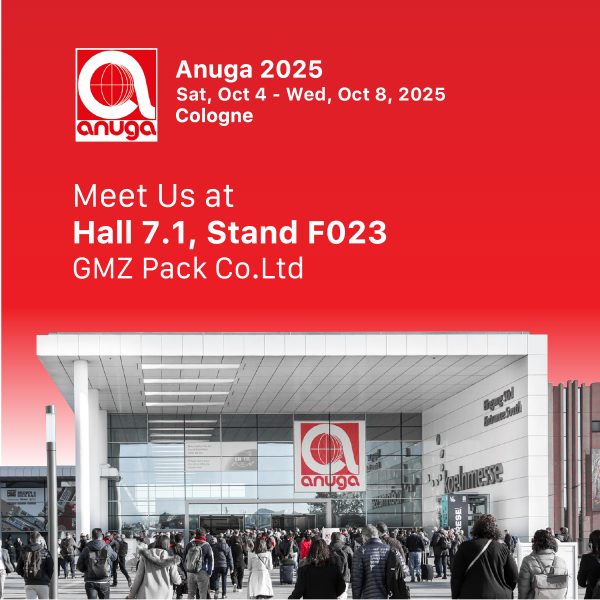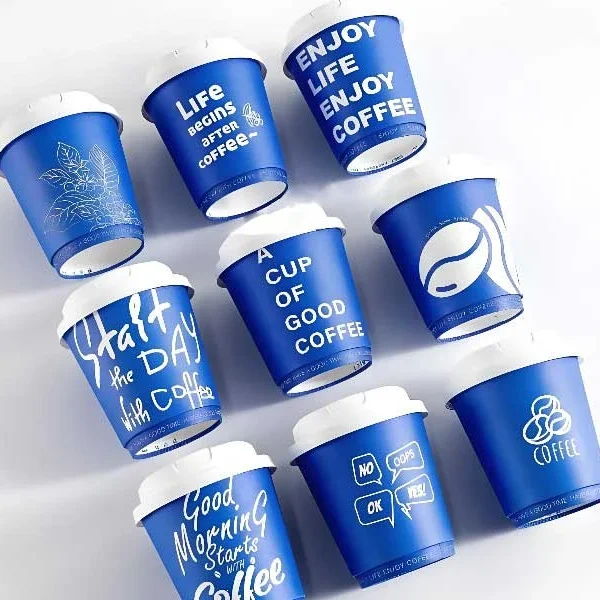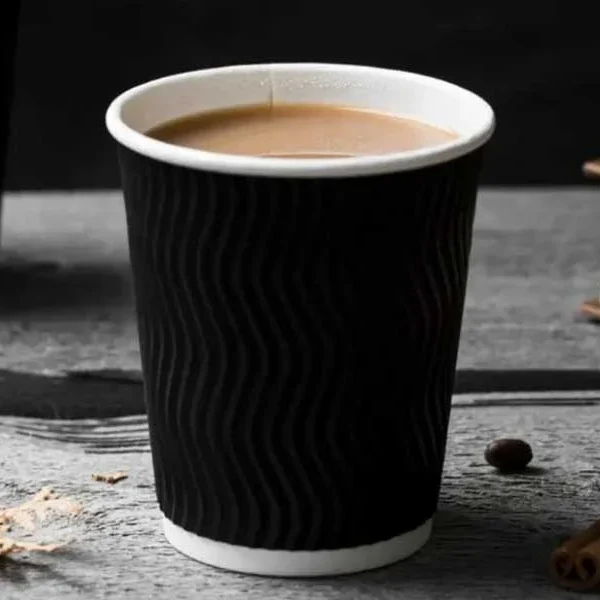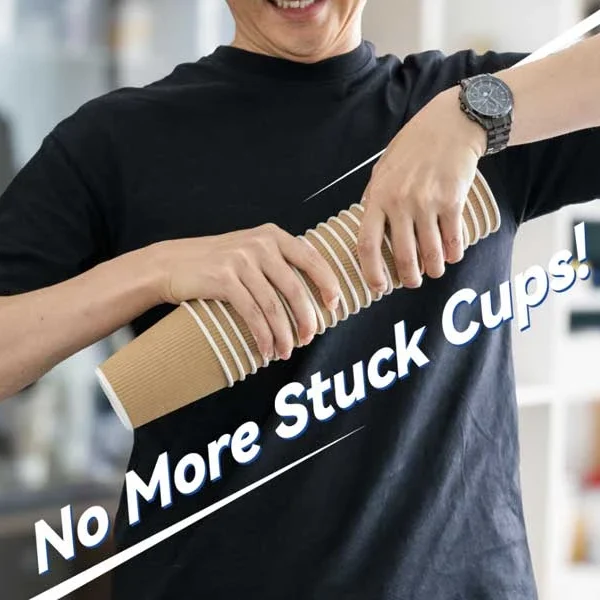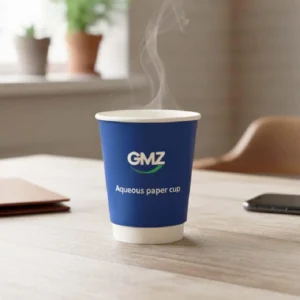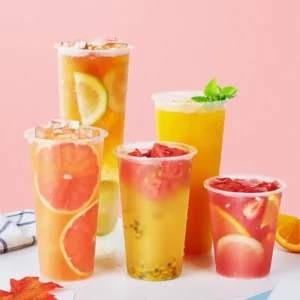In today’s health-conscious world, more customers are asking the same question: Are paper cups safe for hot drinks? This is no longer a fringe concern. Multiple studies and news headlines have raised alarms about microplastics and harmful chemicals possibly leaching from paper cups when exposed to high temperatures. Even big names like Starbucks haven’t escaped scrutiny.
If you run a coffee shop, tea bar, or any hot beverage business, chances are your customers have started to ask about cup safety. They focus on not only flavor but also what they’re drinking from. Hidden health risks? Environmental impact?
So, what should you do? How can you choose safer cups without compromising your brand image—or your bottom line? And more importantly, how do you communicate that choice to your customers in a way they’ll trust? In this post, let’s break it down.
The Hidden Risks of Using Hot Drink Paper Cups
Customers aren’t just being picky—their concerns are valid. Paper cups may look clean, convenient, and eco-friendly on the surface, but when used for hot beverages, poor materials or coatings can lead to unexpected safety issues. As someone in the hot drink business, it’s important for you to stay ahead of these risks—not just to protect your customers, but to protect your brand reputation too.
1. The coating matters more than you think.
Most disposable paper cups use an inner plastic lining—usually polyethylene (PE)—to prevent leaks. But when you pour in hot liquids at 80°C or above, low-quality coatings may start to break down, releasing microplastics or even harmful chemicals into the drink. Once customers catch wind of this, it’s not just the cup under scrutiny—it’s your brand’s credibility.
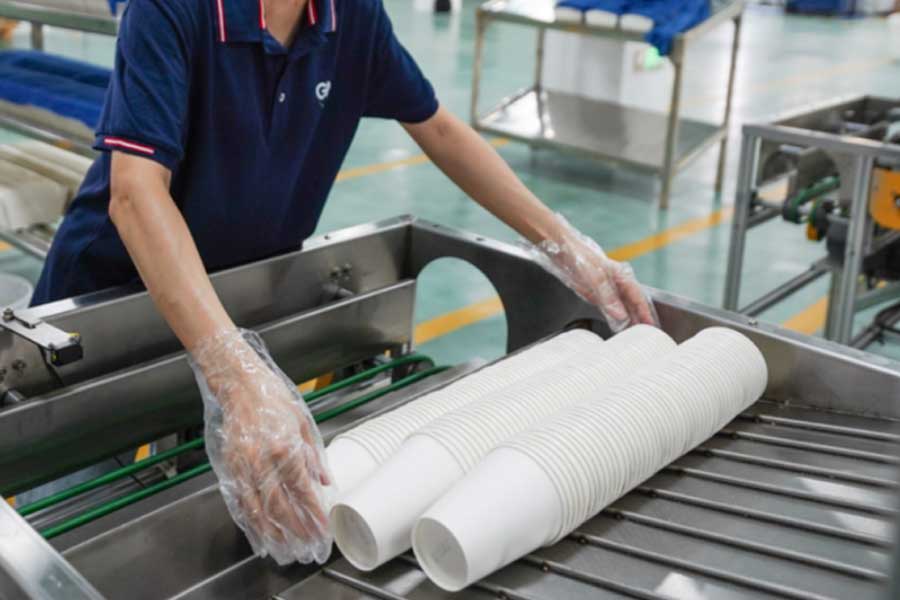
2. Cup strength impacts the entire experience.
Ever heard complaints like “This coffee is too hot to hold” or “The cup’s too flimsy—it’s leaking”? That’s often due to paper weight (GSM) being too low or structural design not holding up under heat. When a cup softens, warps, or leaks mid-sip, even loyal customers may think twice before returning.
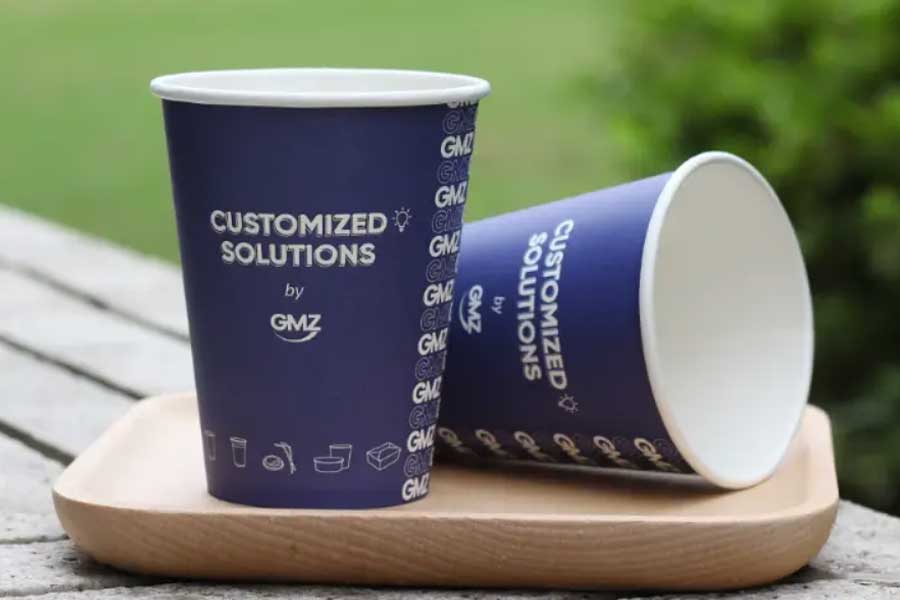
3. Sustainability is the new standard.
Today’s consumers are more eco-aware than ever. If your paper cups aren’t compostable, recyclable, or made from responsibly sourced materials, this could raise red flags. Once environmental concerns are linked to your product, the damage goes beyond just a bad review—it hits your brand image.
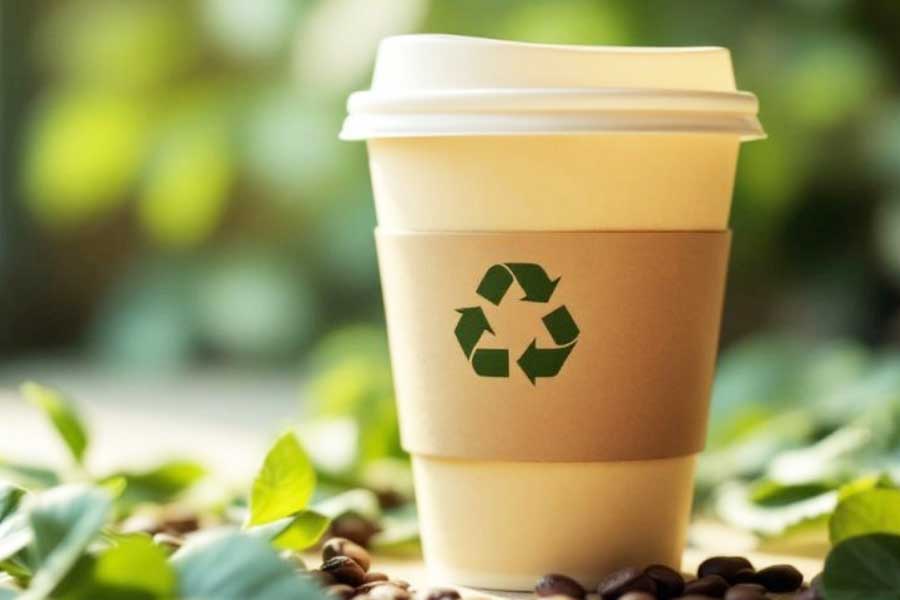
How to Choose Safer Paper Cups for Hot Drinks?
If paper cups can pose safety risks, then choosing the right kind becomes essential. But with so many options on the market, how do you know which cups are actually safe? Don’t worry—just keep these four key points in mind, and you’ll be able to source with confidence.
1. Look for food-grade certifications.
Start by checking whether the cups meet recognized food safety standards, such as the EU’s FCM regulation or the U.S. FDA guidelines for food contact materials. These certifications help ensure that the cups won’t leach harmful substances into hot drinks, even at high temperatures.
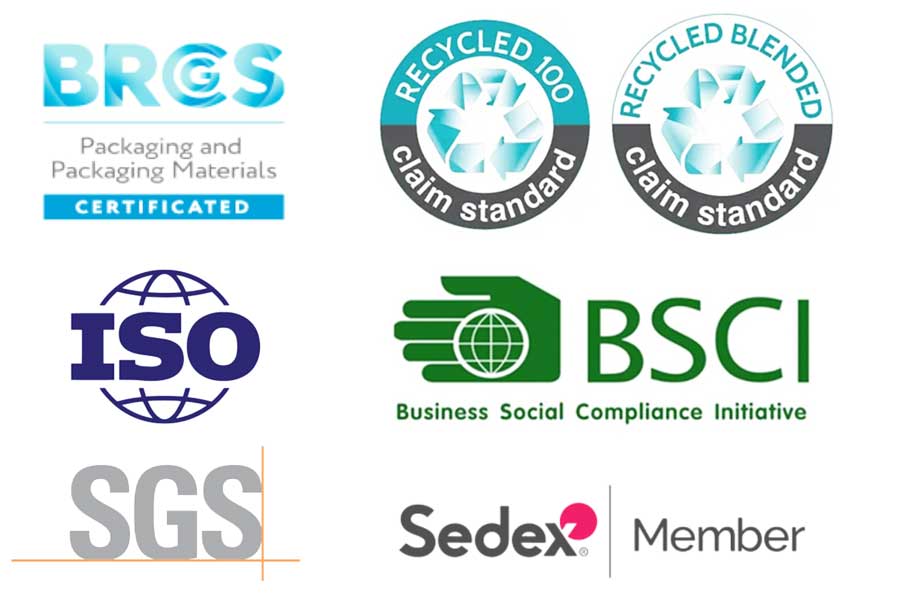
Also, pay attention to whether the cups are PFAS-free. PFAS (per- and polyfluoroalkyl substances) were once widely used for water and oil resistance, but studies now link them to long-term health concerns. Major food and beverage chains are increasingly requiring suppliers to offer PFAS-free cups. Adding this label to your cups shows transparency, builds trust, and gives you a competitive edge in today’s eco-aware market.
2. Consider the type of coating.
Most traditional paper cups are lined with PE (polyethylene) to prevent leaks. While PE is durable, it’s not biodegradable and complicates recycling.
Thankfully, greener options are gaining traction. One is the PLA coating, made from plant-based materials like corn starch. It’s compostable in commercial facilities and performs well with hot beverages. While slightly more expensive than PE, PLA is ideal for eco-conscious brands.
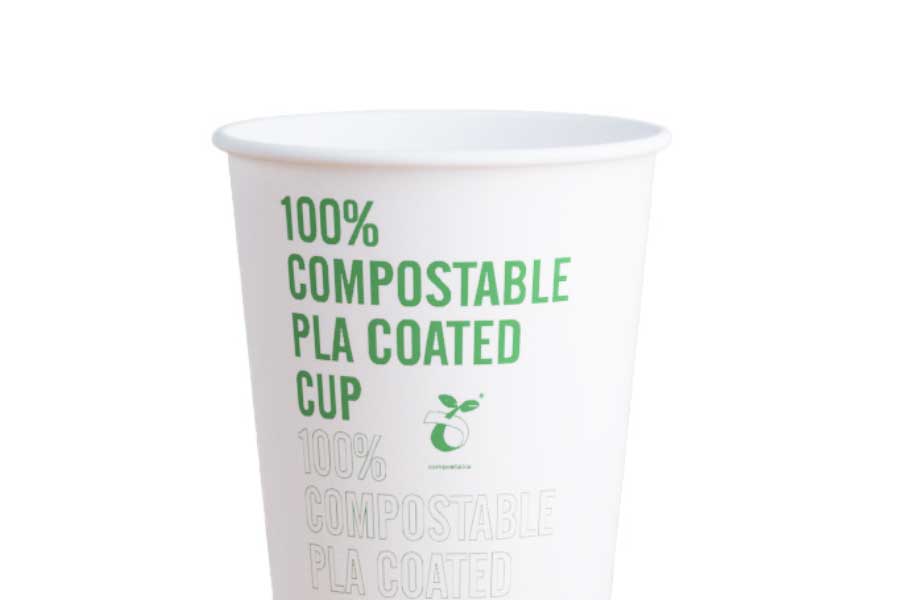
Another great option is the plastic-free coating, which uses water-based or bio-based barriers to achieve leak resistance without plastic. These cups can be recycled like regular paper, reducing processing steps and boosting environmental value. If sustainability is part of your brand’s identity, both PLA and plastic-free coated cups are worth considering.
3. Pay attention to cup structure and paper weight (GSM).
Although paper cups may look similar, the paperweight makes a big difference. Heavier paper (higher GSM) means thicker walls, better insulation, and less risk of the cup becoming soggy or deformed when filled with hot drinks. Customers will notice the quality as soon as they hold the cup.
If your business serves hot beverages, especially during colder seasons or for takeaway, double-wall and ripple-wall cups are highly recommended. They offer superior heat protection and eliminate the need for sleeves, which saves cost and boosts the customer experience.
4. Don’t overlook printing and traceability.
You can request a batch code to be printed on the bottom of the cup. This allows you to trace production quickly if any issues arise and shows your commitment to quality control.
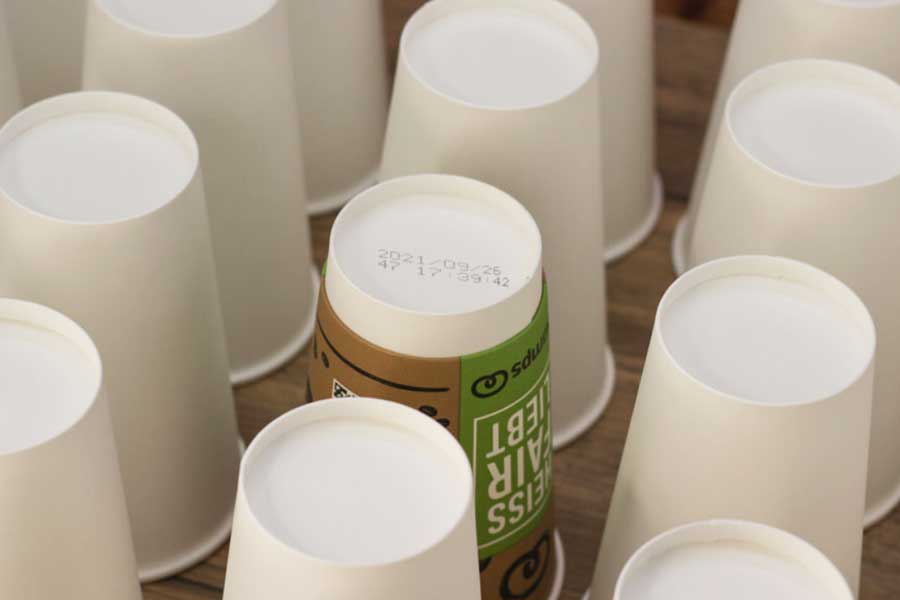
Also, check what kind of ink your supplier uses. Go for water-based or soy-based inks, which are safer for food contact and more environmentally friendly. A printed logo might seem like a small detail, but it reflects your attention to safety and transparency—something customers increasingly value.
What Types of Hot Drink Paper Cups Should You Consider?
Now that you know how to evaluate safety, the next question is: Which type of paper cup should you choose? Different styles serve different purposes, and the right one depends on your product, your customers, and your operations. Below are five common options. Pick the right match, and you’ll not only meet your business needs but also win customer trust.
1. Single-Wall Paper Cups
Single-wall cups are the most basic and widely used option. Made with just one layer of paper, they’re simple, budget-friendly, and ideal for high-volume, cost-sensitive setups—like office break rooms, convenience stores, or fast-service drink counters. They’re perfect for cold drinks or warm (but not piping hot) beverages.
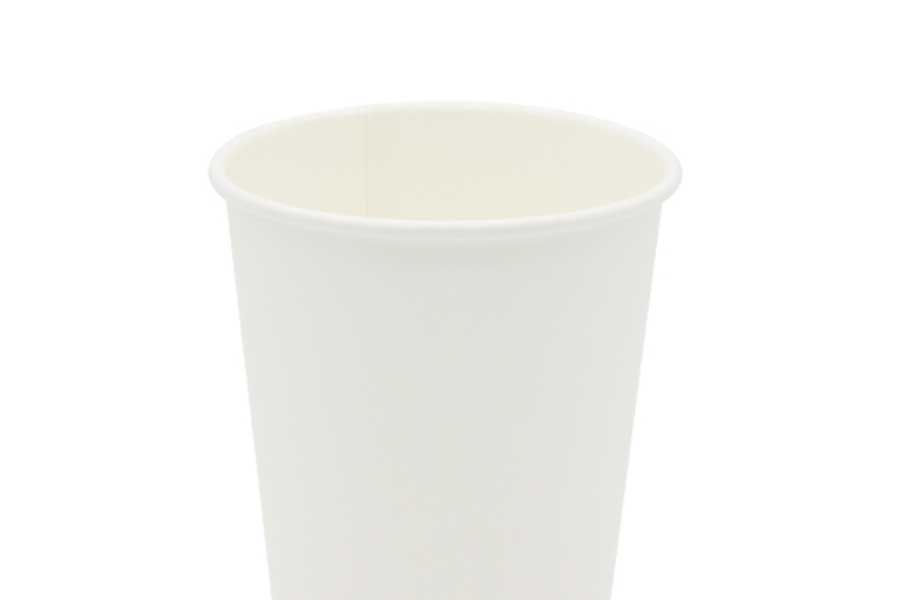
That said, their heat insulation is limited. For hot drinks like coffee or tea, customers may find them too hot to hold. To improve the experience, consider using cup sleeves—it’s a small touch that shows attention to detail.
2. Double-Wall Paper Cups
If customer comfort is a priority and you’d prefer not to use separate sleeves, double-wall cups are a great upgrade. These cups feature a second outer layer that traps heat and prevents burns, making them more pleasant to hold and better at keeping drinks warm.
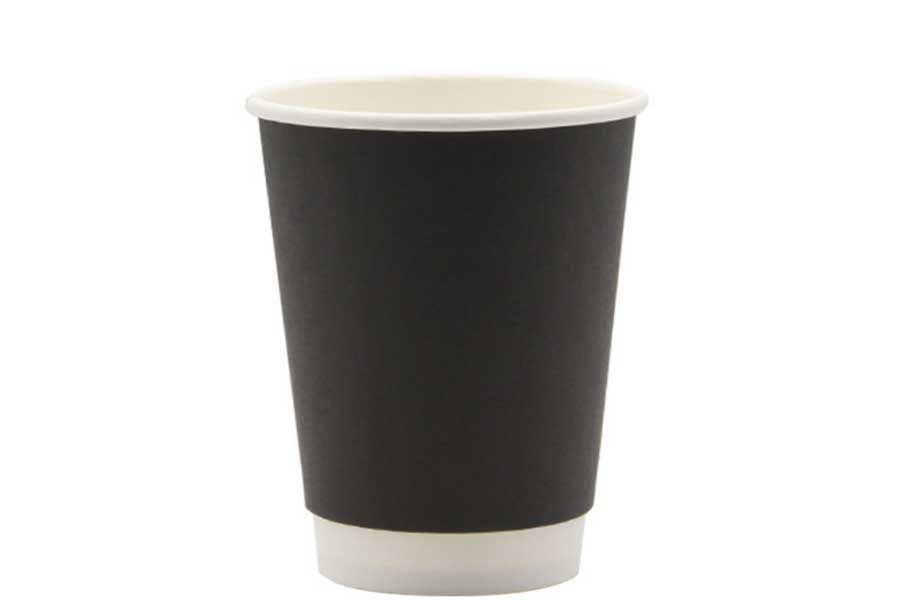
They’re especially well-suited for coffee shops, tea bars, and premium takeaway drinks. Visually, they offer a more high-end look, which enhances your brand image. While they do cost a bit more and take up more storage space, the enhanced experience often makes the investment worthwhile.
3. Ripple-Wall Paper Cups
Ripple wall cups feature a corrugated outer layer that not only adds texture but also delivers excellent heat insulation, slip resistance, and leak protection—all without needing a sleeve. The ridged structure gives customers a solid grip and tactile feedback, even on the go.
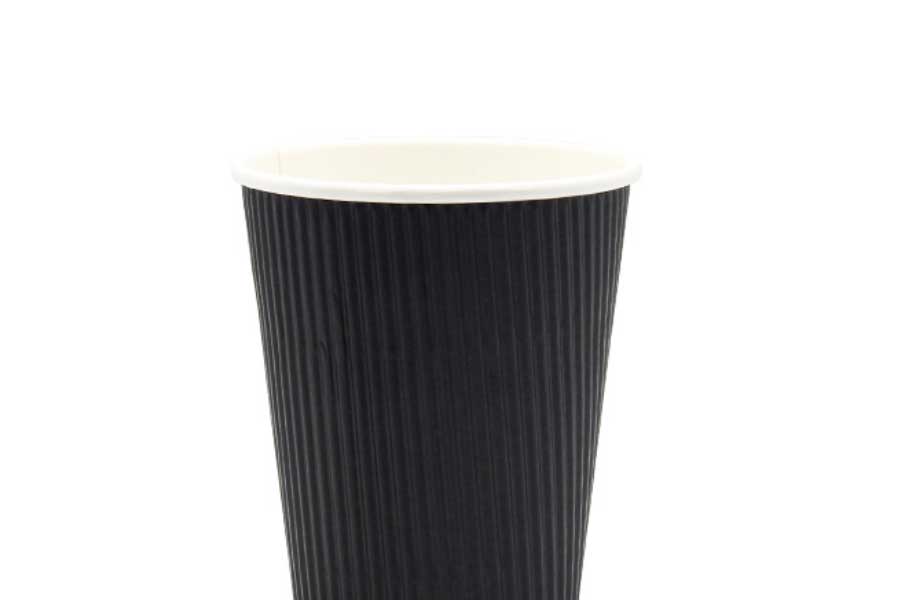
If your brand values design, presentation, or differentiation, this type of cup helps you stand out from standard options. It’s functional and stylish—ideal for boutique cafes or businesses that care about both aesthetics and performance.
4. PLA-Coated Paper Cups
PLA cups use a plant-based lining made from materials like cornstarch. Unlike traditional plastic-lined cups, PLA coatings are compostable under industrial conditions, making them a more sustainable alternative.

PLA cups are a great fit for eco-conscious brands, especially those that promote natural, healthy lifestyles. While PLA cups typically cost more than PE-lined ones, their environmental value and marketing appeal—especially among younger or sustainability-driven customers—can offer a strong return.
5. Plastic-Free Paper Cups
Plastic-free cups are a newer, fast-growing trend, especially as global regulations tighten around single-use plastics. These cups use innovative water-based or bio-based coatings that don’t rely on any form of plastic—not even PLA.
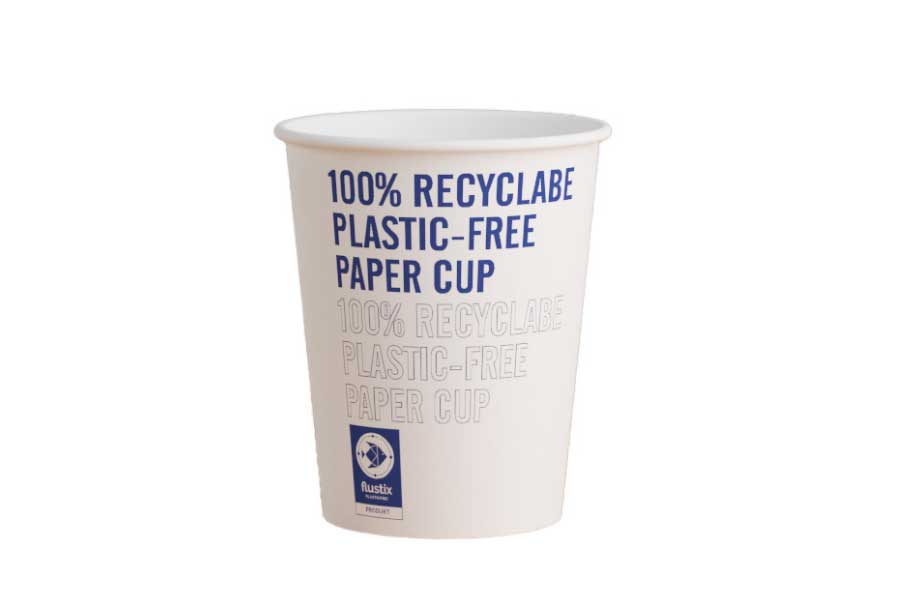
They’re leak-proof, heat-resistant, and fully recyclable through regular paper streams. If your brand is working toward a greener supply chain or wants to position itself as environmentally forward-thinking, plastic-free cups are a smart, future-ready option.
How to Communicate the Safety of Your Paper Hot Cups?
So you’ve done your homework—you’ve sourced cups that are compliant, safe, and maybe even eco-friendly. But here’s the thing: your customers don’t know that. Most people just see a cup—they don’t check what coating it uses or whether it passed food contact testing. That’s why it’s up to you to tell the story and show them your hot drink packaging is something they can truly trust.
1. Say it out loud—highlight the certifications.
Don’t keep your PFAS-free label or food-grade certifications buried in a spec sheet. Make them visible with simple, friendly language:
- Put up a small poster in-store: “Our cups meet EU FCM food contact standards.”
- Print clean, bold tags on your takeaway cups: “PFAS-Free & Plastic-Free”
- Add a short note on your menu or ordering app: “We use safe, eco-friendly paper cups—for peace of mind with every sip.”
- These subtle messages show you care, and detail-oriented customers will notice—and appreciate—it.
2. Train your staff to tell the “cup story.”
Your team is the voice of your brand. Make sure they know what’s special about the cups you use—what they’re made of, how they’re certified, and why you chose them.
So when a customer asks, “Are your cups safe for hot drinks?” your staff can confidently say: “Yes—these are plastic-free, PFAS-free cups that meet food safety standards. They’re safe and sustainable.” That kind of genuine answer builds far more trust than any ad ever could.
3. Use social media and packaging to tell your story.
Create a 15-second behind-the-scenes video of your team choosing cups, reviewing labels, or explaining your eco goals. Let people see the human side of your decision. Or post a short note on Instagram: “Why we switched to plastic-free cups: for your health, and for the planet.” Make sustainability personal. Give it a face. Give it meaning.
4. Turn “safe paper cups” into a brand asset.
Why not make it part of your marketing? Here are a few fun and impactful ways to do that:
- Run a limited-time “Eco Cup Day” with discounts or free drinks
- Host a Q&A or social campaign: “Curious about our cups? Ask away!”
- When launching a new product, mention the packaging as well: “Not only is the drink great, but the cup’s safe and eco-friendly, too.”
Final Thoughts
In the hot drink business, every cup of coffee or tea you serve is more than just a beverage—it’s a promise to your customer. And the paper cup? It’s one of the key parts. In a time of increasing safety concerns, it’s not enough to simply use paper cups. You need to choose the right ones, use them wisely, and communicate your care clearly. Every detail matters, from materials and structure to sourcing and certifications.
By making smarter choices, you’re not just protecting your customers—you’re building a stronger, more trusted brand. And when you’re ready to take that step, remember GMZ is here to help—with certified, safe, and eco-conscious paper cups made for the demands of modern hot drink service.

